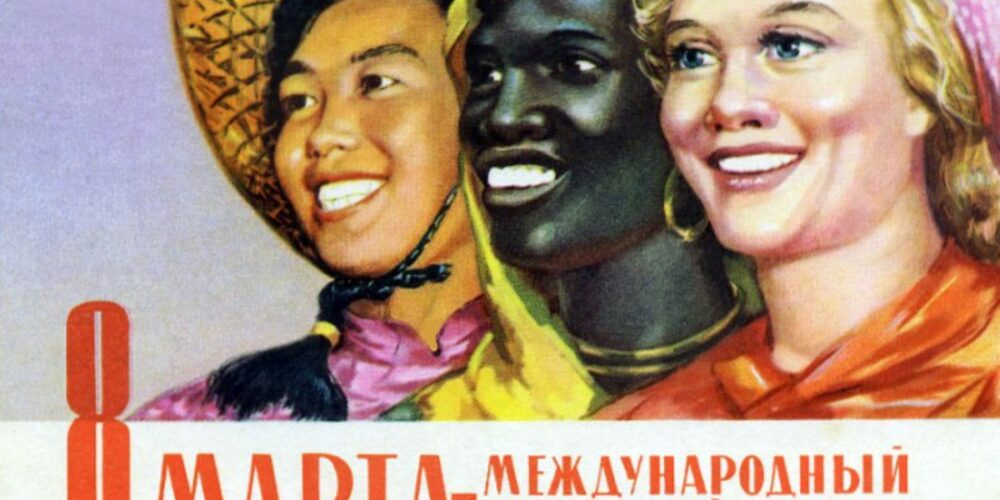This March 8th, we observe International Working Women’s Day or IWWD, but the first unofficial women’s day took place in America on the 28th of February 1909. In 1910 Clara Zetkin proposed that an international working women’s day would be observed every year at the Conference of Working Women. March 19th was chosen – not an arbitrary date, as it had importance in Germany. In 1848 the king of Prussia gave in to the demands of the revolutionists, one of which was the right of women to vote. The king, however, did not keep his promises. Lenin’s words on IWWD were simply “You cannot draw the masses into politics without drawing in the women as well. For under capitalism the female half of the human race is doubly oppressed. They remain, firstly, deprived of some rights because the law does not give them equality with men and secondly they remain in household bondage”. Lenin’s words echo Connolly’s, who said “The worker is a slave to capitalist society, the female worker is the slave of that slave.”
Connolly was a Marxist, even though he was limited in what he could read of Marx and Engels at the time – much of their writings had not been translated to English yet. Marx and Engels believed that social advancement could be measured by how the rights of women compared to the rights of men. Connolly’s writings and activism around the rights for women put him ahead of his time with even James Larkin commenting that he was “mixing himself up with a pack of women”. Connolly worked with the Irish Women’s Franchise League in Belfast to help unionise workers and protect their right to free speech. Within his organisation, the Irish Citizen Army, women were to be treated equally to men, although some men in the organisation didn’t hold up to this standard. Even then, Connolly recognised that women’s emancipation was as much a part of socialism as the abolishment of private property.
Prior to the October revolution, tsarist Russia saw the majority of women live a hard life working in fields and in the home. Only bourgeois women were granted the privilege of an education, however some of these women became active in agitating for political groups. Following the October revolution women’s lives changed; they were allowed to work, allowed to vote, given the same opportunities as men in the workplace and were allowed to enter into politics. In 1918 the “Family Code” was introduced which gave women the same rights as men, granted couples the choice of either family name, and transformed marriage from a religious to a secular act. In 1920 areas were set up for communal dining and dishwashing to ease the burden on women in the home and improve equality between men and women. In the same year, abortion was legalised making the USSR the first state to offcially do so.
After the 1959 Cuban revolution, the federation of Cuban women was set up. The organisation has more than 3 million members constituting 85.2% of all women over age 14. There is also a Women’s Training Centre and a Women’s Publishing House at a national level. According to Cuban government statistics, women represent 49.5% of all graduates at higher educational levels and 62% of university students. Women constitute 35% of Parliamentary members, 61% of attorneys, 49% of judges, and 47% of Judges in the Supreme Court. While prostitution remained legal, pimping was criminalised. The government, alongside the Federation of Cuban Women worked to curb it with women who wished to leave prostitution offered training courses and factory jobs. More recently, the Cuban government has brought in healthcare changes for trans people. Surgeries are paid for publicly and gender identity can be changed without sex reassignment surgery. Mariela Castro, Fidel Castro’s niece, is one of the most prominent LGBT activists in Cuba today.
Socialism provides the route to the true emancipation of women and history has given us a glimpse of that future. Unpaid labour in the home, and underpaid work alongside men in the workplace, are symptoms of capitalism and serve to enrich the ruling class and bosses, regardless of gender. Bourgeois feminism has failed women – a woman CEO doesn’t help the working class, she upholds the system that keeps all of us, and working women across the world, down!






